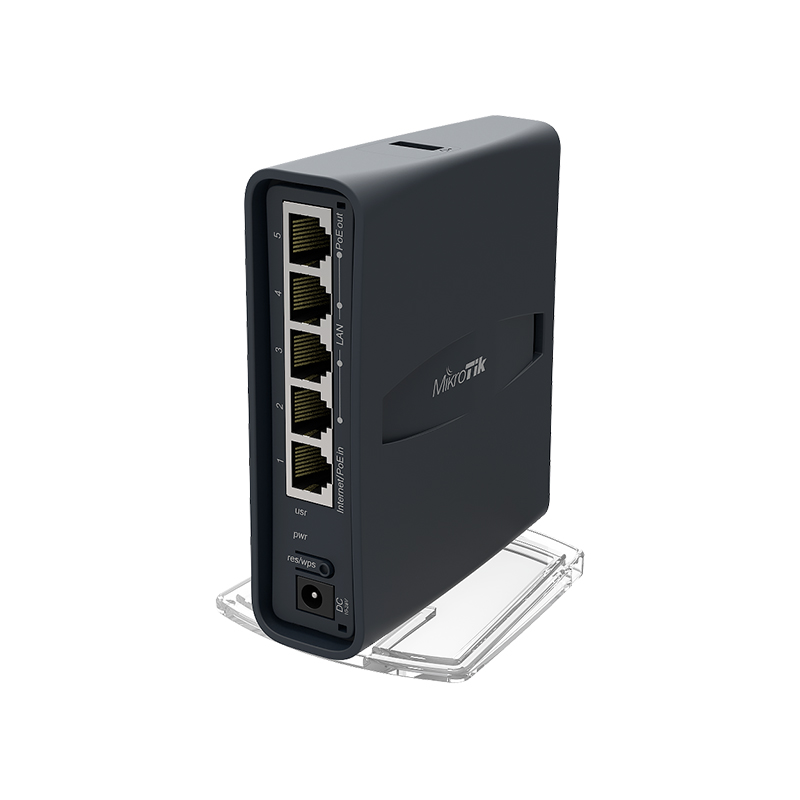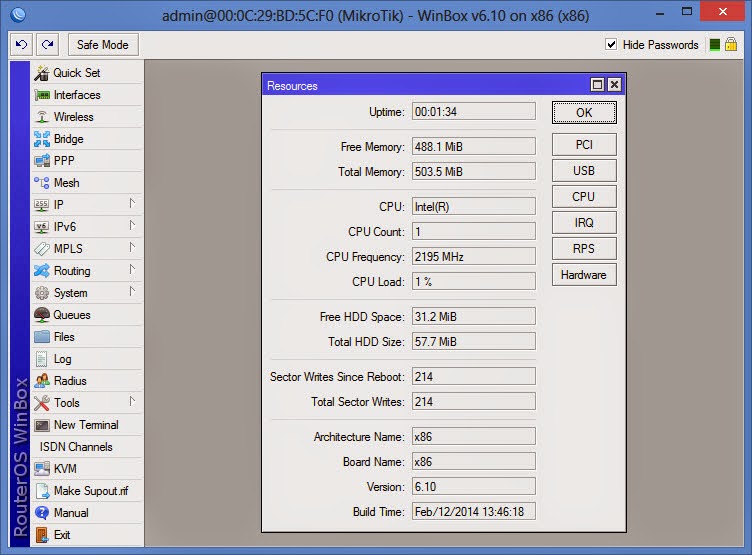
# mount rootfs partition, in this example it's on sdd2 mkdir /mnt /rootfs

I suggest going further and having a Subversion repository on another computer where all config files are saved and their changes are tracked, and use rsync to sync between the repository working copy and production files on the router. It's safer to backup config files (as we should also backup whole drive before upgrading) and copy them back after upgrading. It may be tempting to not delete config files, but the risk isn't worth it, because some file may conflict and not be properly upgraded. Write the image to the partition: dd if=openwrt-19.07.8-x86-64-generic-ext4-rootfs.img of=/dev/sdd2įor uncompressing, we must mount rootfs partition, delete all files from it, then uncompress updated files.

Last sector, +sectors or +size|g" /boot /grub /grub.cfg Adding extra partitions P primary (1 primary, 0 extended, 3 free)Į extended (container for logical partitions)įirst sector (33280-15138815, default 34816): 33792 I/O size (minimum/optimal): 512 bytes / 512 bytesĭevice Boot Start End Sectors Size Id Type Sector size (logical/physical): 512 bytes / 512 bytes Proceed with updating /boot/grub/grub.cfg with the new partition UUIDĬhanges will remain in memory only, until you decide to write them.īe careful before using the write command.ĭisk /dev/sda: 7.2 GiB, 7751073792 bytes, 15138816 sectors Now it should boot from the internal storage. Then power off the system, unplug the removable storage device you used to install OpenWrt, and power on again. sd 4:0:0:0: Attached SCSI removable diskĪfter you have identified the onboard storage you want to install OpenWrt in, you can follow the Linux install instructions above.

sd 4:0:0:0: Write cache: disabled, read cache: enabled, doesn't support DPO or FUA

This for example is the output of a 4GB USB drive with 2 partitions on it that was assigned the name /dev/sda: Then you need to identify how is the internal storage device called with lsblk or dmesg:īe aware that you will also see the USB drive or the storage device you have temporarily installed OpenWrt on. When booting select the drive where you installed OpenWrt. If you want to write OpenWrt in SATA or IDE drives or CF Cards or SD cards, you can just remove them from the device and flash the image raw from your PC.Īlso sometimes eMMC is removable or can be put in “usb write mode” in some devices.īut if you cannot remove the storage from the device (or do not have an adapter to connect them to the PC), you can write OpenWrt on a USB drive (or another removable storage device), then you can then insert it in a USB port or slot.


 0 kommentar(er)
0 kommentar(er)
